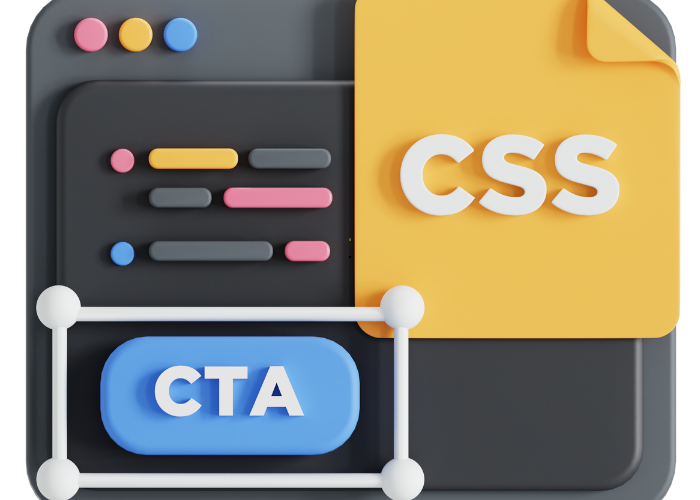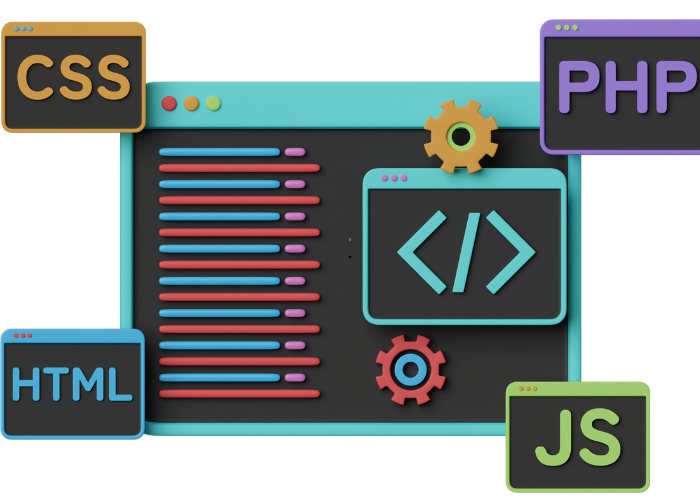Cascading Style Sheets (CSS) is the backbone of modern web design, allowing developers to transform plain HTML into visually appealing web pages. With the latest advancements in CSS3, it’s easier than ever to create dynamic, responsive designs. In this guide, we’ll dive into the essentials of CSS3, providing you with the foundational skills needed to style your web pages like a pro.
What is CSS3?
CSS3 is the latest evolution of the Cascading Style Sheets language. It brings new properties and features, making it simpler for developers to design and customize websites. While previous versions focused on layout and positioning, CSS3 offers a wider range of styling options, including animations, transitions, and responsive design capabilities.
For those interested in delving deeper into the fundamentals of CSS and its importance for developers, check out this comprehensive guide on understanding CSS for full-stack developers.
1. Core Concepts of CSS3
CSS3 introduces a set of new modules that enhance the styling process. Key modules include:
- Selectors: Allow you to target HTML elements precisely.
- Box Model: Helps you understand the space around elements (margin, border, padding, content).
- Flexbox & Grid Layouts: Simplify complex layout structures.
- Transitions & Animations: Add dynamic effects to your pages.
“Design is not just what it looks like and feels like. Design is how it works.” — Steve Jobs

2. How to Style Your Web Page with CSS3
Let’s walk through a simple example of applying CSS3 to style a basic HTML page:
htmlCopy code<!DOCTYPE html>
<html lang="en">
<head>
<meta charset="UTF-8">
<meta name="viewport" content="width=device-width, initial-scale=1.0">
<title>CSS3 Basics</title>
<style>
body {
background-color: #f0f0f0;
color: #333;
font-family: Arial, sans-serif;
}
h1 {
text-align: center;
color: #007BFF;
}
p {
max-width: 600px;
margin: auto;
padding: 20px;
}
</style>
</head>
<body>
<h1>Welcome to CSS3 Basics</h1>
<p>Learn how to style web pages using modern CSS3 techniques.</p>
</body>
</html>

3. Enhancing Your Skills with CSS Tools and Best Practices
To become proficient in CSS3, you need to practice regularly and use the right tools. Evaluating your styling skills in real-time is crucial for growth. You can explore tools to evaluate full-stack developers’ competence in real-time for insights on how to measure and enhance your coding abilities.
Tips for Effective CSS Styling:
- Keep It Simple: Start with basic styles and gradually add complexity.
- Use Developer Tools: Utilize browser developer tools to debug and test your CSS.
- Follow a Consistent Naming Convention: Use a consistent approach like BEM (Block Element Modifier) for readability.
If you’re looking to collaborate or negotiate effectively with full-stack developers for web design projects, consider reading this detailed article on mastering the art of rate negotiation with full-stack developers.
Conclusion
Mastering the basics of CSS3 opens up a world of creative possibilities for web design. Whether you’re a beginner or a seasoned developer, understanding how to style web pages using CSS3 is an essential skill. Start experimenting with new properties, stay updated with the latest trends, and remember: good design is about making a web page functional, responsive, and visually engaging.
By leveraging CSS tools, following best practices, and collaborating effectively with developers, you can take your web styling skills to the next level.









